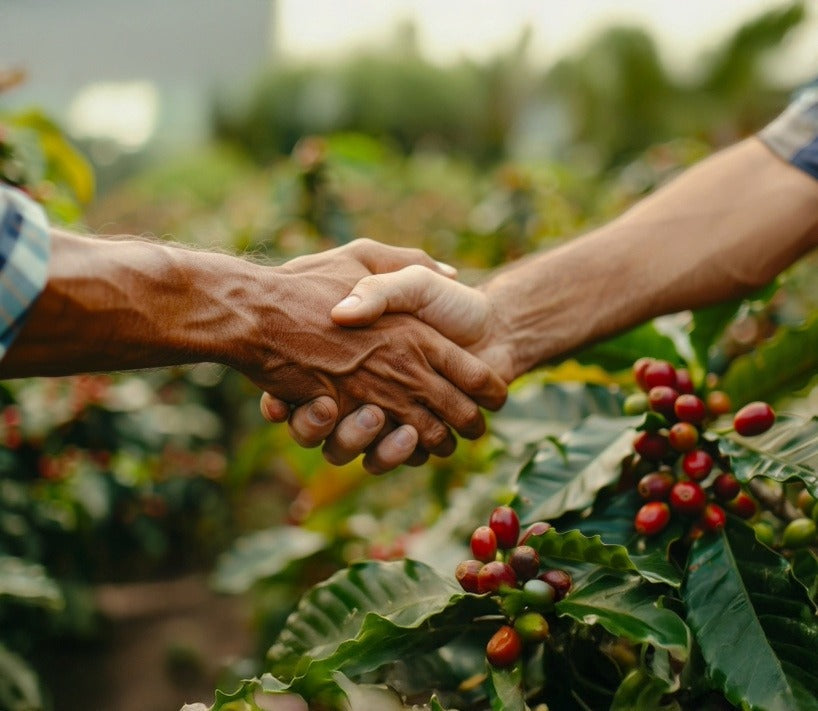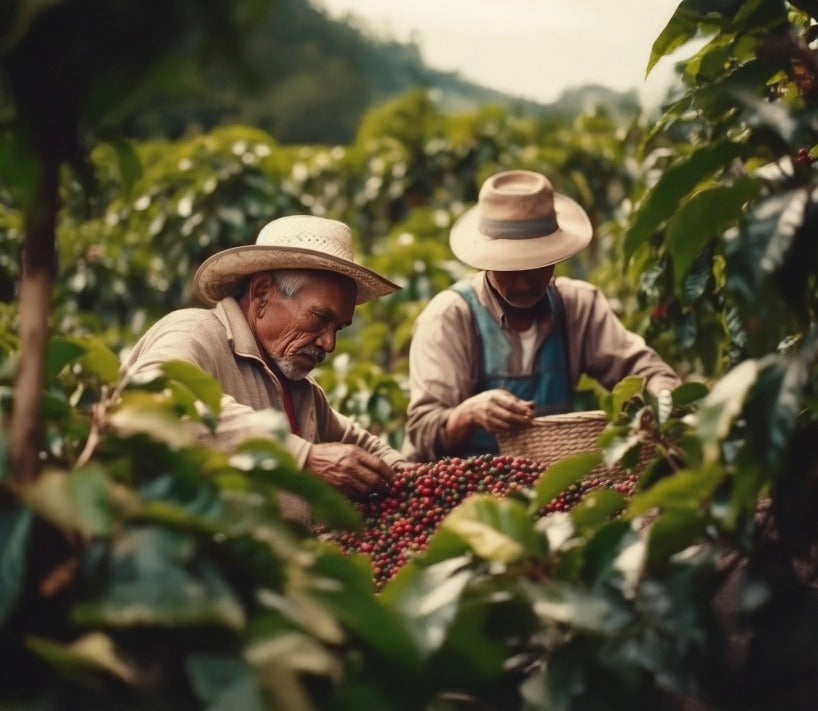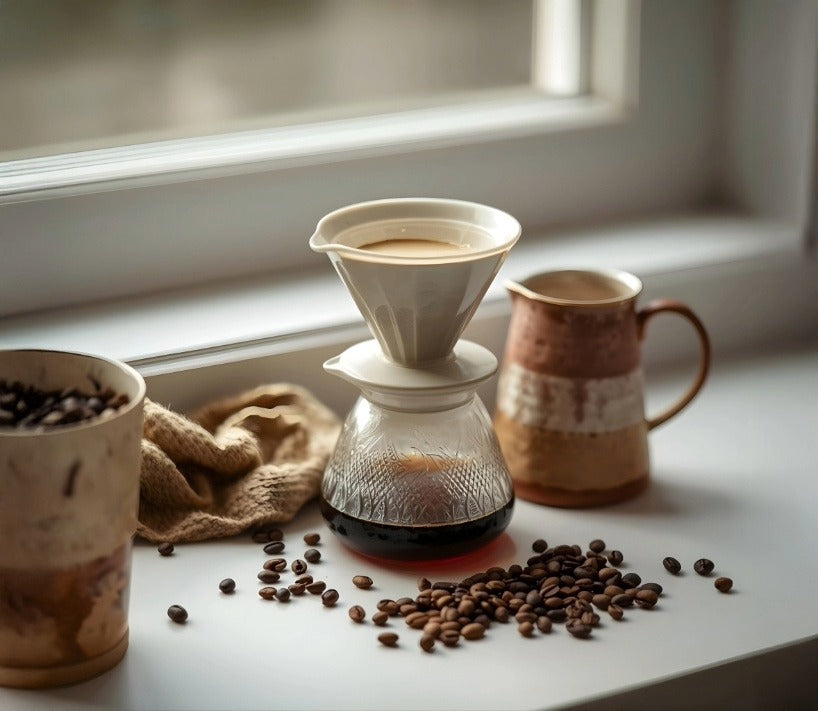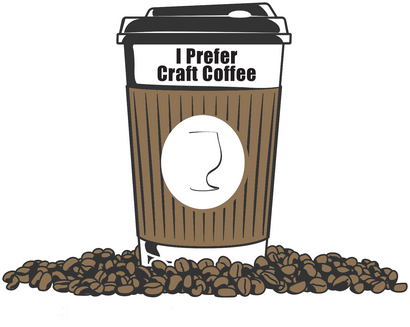How Grind Size Impacts the Taste and Quality of Your Specialty Coffee
January 27, 2025 3 min read
The Grind Guide: How Grind Size Impacts the Taste and Quality of Specialty Coffee
Picture this: You finally order coffee online from that roaster you’ve been eyeing. It arrives on your doorstep—the best coffee bean delivery you’ve ever received—and you’re practically drooling over the bag of fresh beans. But when you brew your first cup, something tastes… off. It’s not the vibrant, café-worthy flavor you were expecting. What happened? Chances are, the grind size was the sneaky culprit messing with the taste and quality of your specialty coffee.
1. The Science Behind Grind Size
When it comes to making the best craft coffee at home, there’s a surprising amount of chemistry involved. Grind size affects how quickly water can extract flavor compounds from the coffee grounds. Too fine, and you risk over-extracting, ending up with a bitter or even burnt-tasting cup. Too coarse, and the water breezes right through, leaving you with a weak, sour, or underwhelming brew.
2. Tailoring Grind Size to Brewing Method
- Espresso: A fine grind is key because the water passes through quickly under high pressure. Think of it like packing a suitcase—espresso needs a fine grind to ensure maximum flavor extraction in a short timeframe.
- Pour-Over: A medium-fine to medium grind is usually best. It allows water to trickle through the grounds at just the right speed, revealing those subtle floral or fruity notes that make specialty coffee sing.
- French Press: A coarse grind is preferred. This brew method steeps coffee in water like a tea, so a larger grind size prevents over-extraction and chunky coffee sludge at the bottom of your cup.
By matching your grind size to your brew method, you’ll be one step closer to the best coffee delivered right to your taste buds—no bitterness or blandness allowed.
3. Freshness and Consistency Matter
Even if you have the top coffee delivered to your door—complete with a fancy origin story—grind inconsistency can sabotage your final brew. Blade grinders tend to produce uneven chunks, while a burr grinder ensures uniform particle sizes. This consistency means every ground is extracted at the same rate, paving the way for a perfectly balanced cup.
And don’t forget that coffee’s best flavors fade over time. For truly fresh cups, grind your beans just before brewing. That way, when you enjoy the best coffee for sale online (yes, those hard-to-find micro-lot beans), you’re getting every ounce of flavor they have to offer.
4. Experimentation is Key
If you want the best craft coffee online experience right in your kitchen, don’t be afraid to experiment:
- Tweak your grind size and take notes.
- Notice the difference in sweetness, acidity, and body.
- Discover which grind size you prefer for your morning wake-up call versus your afternoon pick-me-up.
Part of the fun (and slight madness) of coffee geekery is testing out what works best for your palate. With a little trial and error, you’ll nail that sweet spot every time—no barista apron necessary (unless you’re really committed to the vibe).
Grind size might seem like an afterthought, but it’s the secret handshake of specialty coffee enthusiasts. Mastering it means unlocking vibrant flavors, smooth finishes, and that "wow" factor every time you brew. So the next time you order coffee online or get the best craft coffee at home through the best coffee bean delivery service you can find, remember: a great grind can be your key to sipping perfection. Happy brewing—and may all your cups be as full-bodied as your sense of humor!
Also in Best Coffee To Buy Online Education

What Ethically Sourced Coffee Beans USA Really Means
December 23, 2025 4 min read
A friendly guide to understanding ethically sourced coffee and how it helps you brew the best tasting craft coffee at home. Order coffee online from roasters you trust and that follow ethical sourcing practices.

Direct Trade Coffee Beans Delivery Explained Simply
December 22, 2025 4 min read
By the end of this guide, you’ll understand Direct Trade Coffee Beans Delivery so clearly you could explain it to your dog. Plus, you'll drink the best tasting craft coffee at home from now on.

Third Wave Coffee Beans Home: What Makes Them Better?
December 21, 2025 4 min read
Several years ago, I didn't know what Third Wave Coffee was, and now I run a tiny micro-roastery built around fresh roasted coffee beans online, single origin clarity, and roast to order coffee. If you want the best tasting craft coffee at home, order coffee online from a roaster who focuses on Third Wave Coffee.
